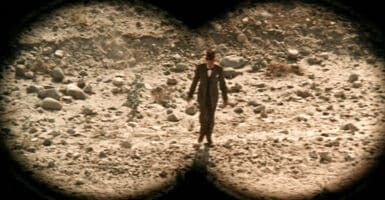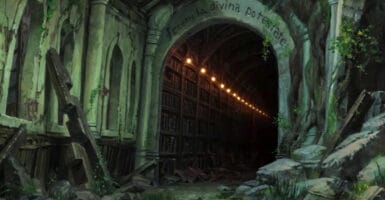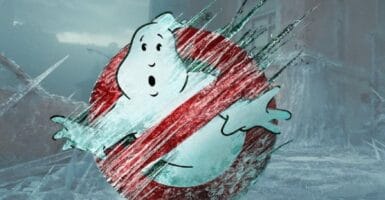The Mirror Universe Could Actually Be Real And It’s Scarier Than We Thought
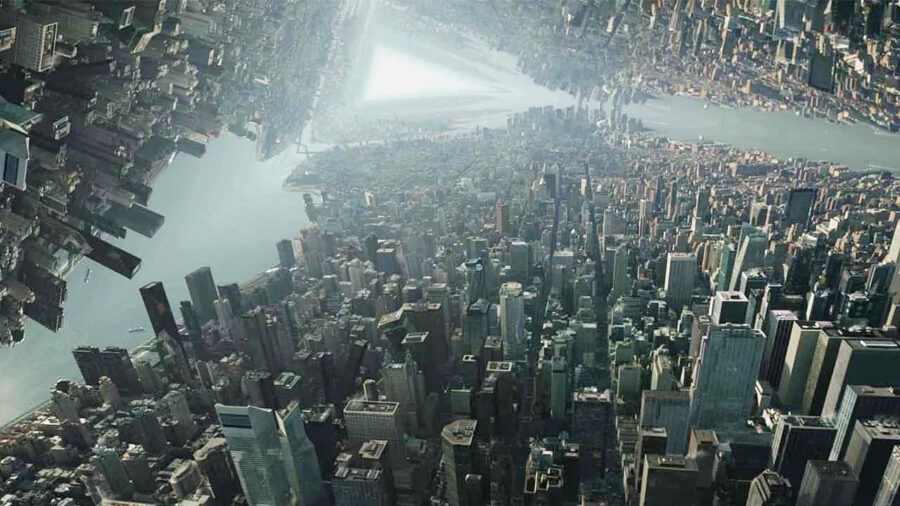
Imagine a universe parallel to our own, governed by a set of rules so different that it exists in a state of cosmic obscurity. This is the world of dark matter, where the laws of physics diverge from those we know, while its existence influences our own. A new theory proposes that dark matter isn’t just a passive observer but a mirror universe of our reality, albeit with its own broken rules.
Dark Matter Is The Key To The Mirror Universe
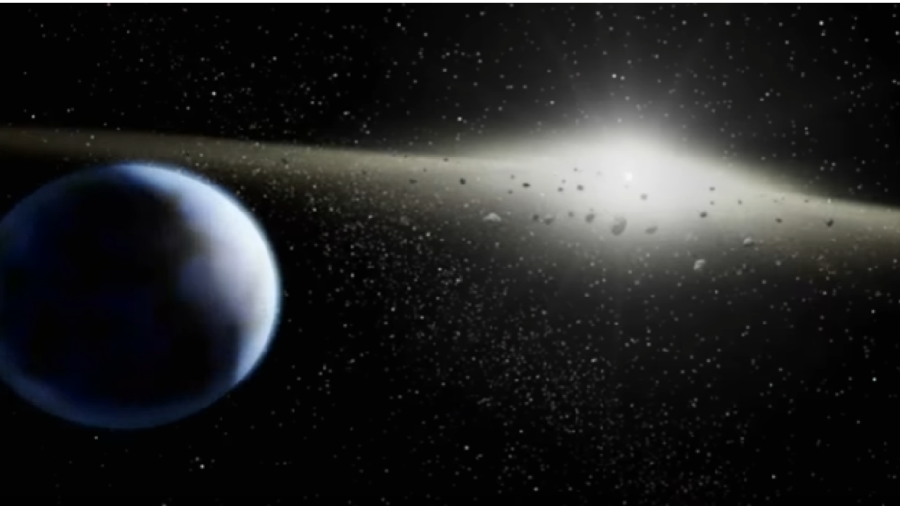
Dark matter, which constitutes the bulk of the universe’s mass, has long puzzled astronomers. For every two pounds of regular matter, roughly 10 pounds of dark matter exists, yet it remains undetectable by conventional means. Its presence is inferred only through gravitational interactions with ordinary matter, like the movement of galaxies and the formation of cosmic structures.
The prevailing mystery surrounding dark matter is compounded by its apparent symmetry with ordinary matter. Despite their starkly different properties, the quantities of ordinary and dark matter are surprisingly comparable. To unravel this problem, researchers have proposed a hidden connection between the two, manifested through a form of symmetry in nature, to create a mirror universe.
The Balance In Matter
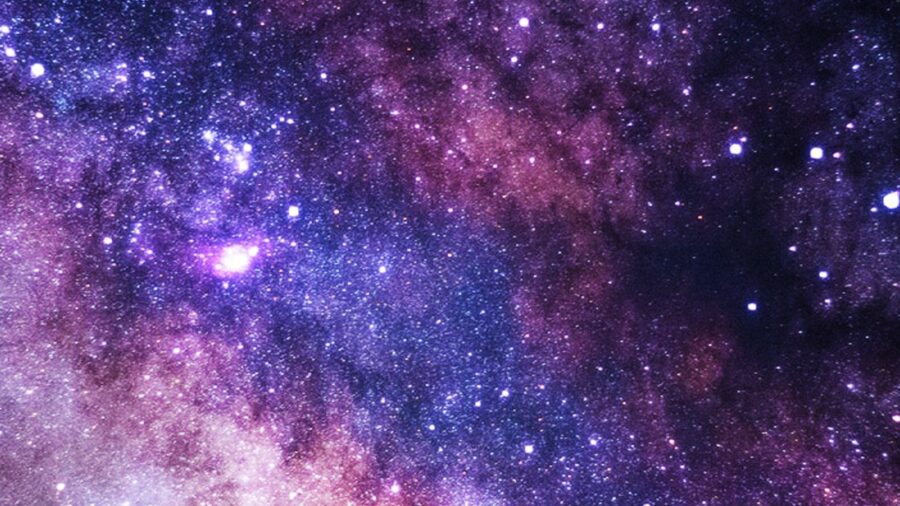
Published in the preprint journal arXiv, the research suggests that for every physical interaction occurring in ordinary matter, there exists a mirrored counterpart in dark matter. This proposed symmetry offers a compelling explanation for the comparable abundances of both types of matter, hinting at a deeper interplay between the known and the unknown.
One of the most intriguing aspects of this mirror universe theory lies in its implications for fundamental particles. In our world, the nearly identical masses of protons and neutrons facilitate the formation of stable atoms, laying the foundation for the complex chemistry of life. However, this delicate balance may be disrupted in the hypothetical dark matter mirror.
The Discovery Of More Elements
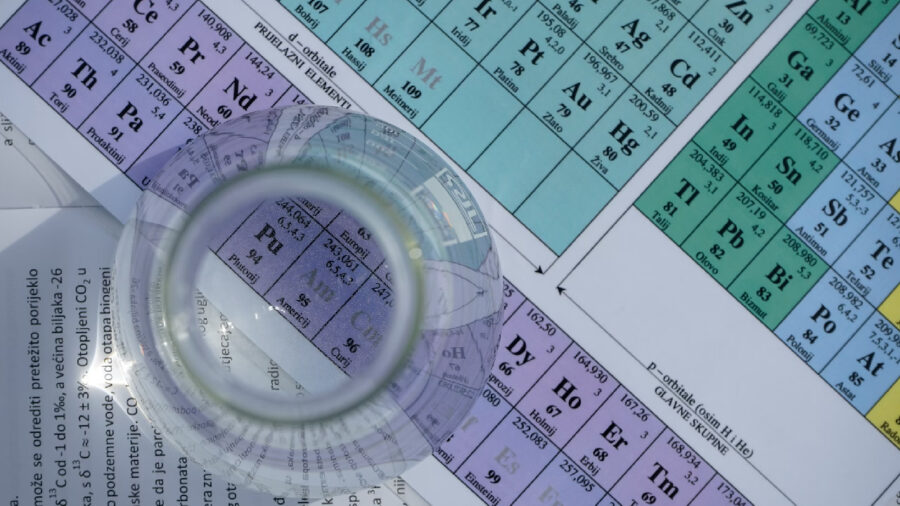
This disruption would lead to a universe devoid of stable atoms. Instead, it would be populated by a sea of dark neutrons, an unsettling prospect that challenges our perceptions of reality. Moreover, the proposed mirror universe model opens the door to rich interactions among dark matter particles, potentially giving rise to dark atoms, chemistry, and even a unique periodic table of elements.
Unraveling The Mysteries Of The Mirror Universe
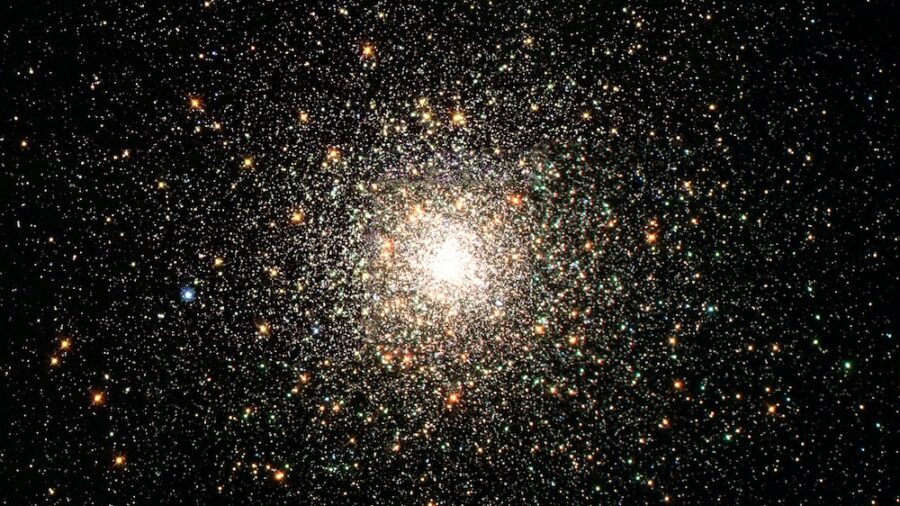
However, amid the complexity is a crucial constraint as excessive interactions among dark matter particles would lead to excessive clumping, contradicting observed cosmological phenomena. Thus, most dark matter must remain relatively simple (free-floating and neutral). But perhaps the most tantalizing aspect of the mirror universe hypothesis is its potential for empirical validation.
If dark matter does mirror our own world, then echoes of early cosmic processes, such as nucleosynthesis, may have reverberated across the divide, leaving traces that modern observatories could detect. By meticulously measuring the rates of element formation, scientists may uncover evidence of these inter-world channels, offering a glimpse into the dark mirror universe.
A New Look At The Cosmos
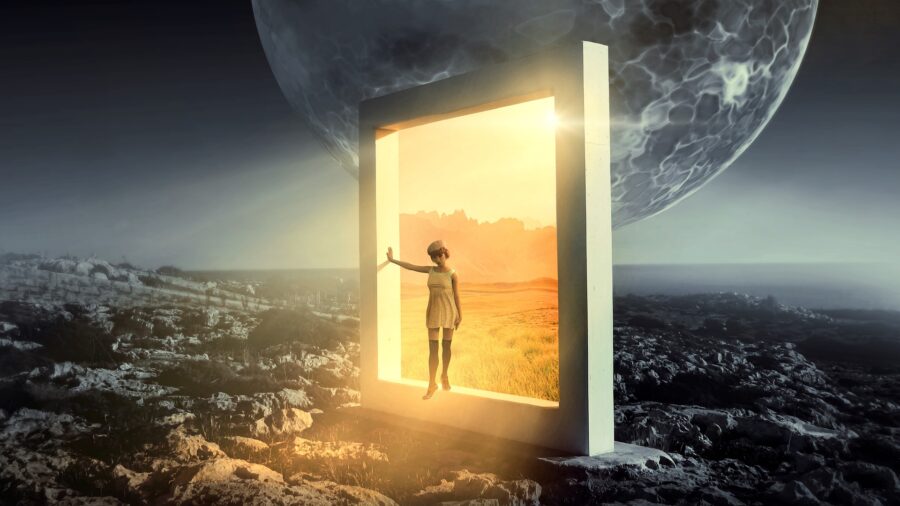
The abyss of dark matter presents a reality stranger and more perplexing than ever imagined. The mirror universe, with its broken symmetries and shadowy inhabitants, challenges our understanding of the cosmos and beckons scientists to explore the unknown, uncovering secrets that may reshape our perception of reality.
Source: Preprint Journal arXiv
